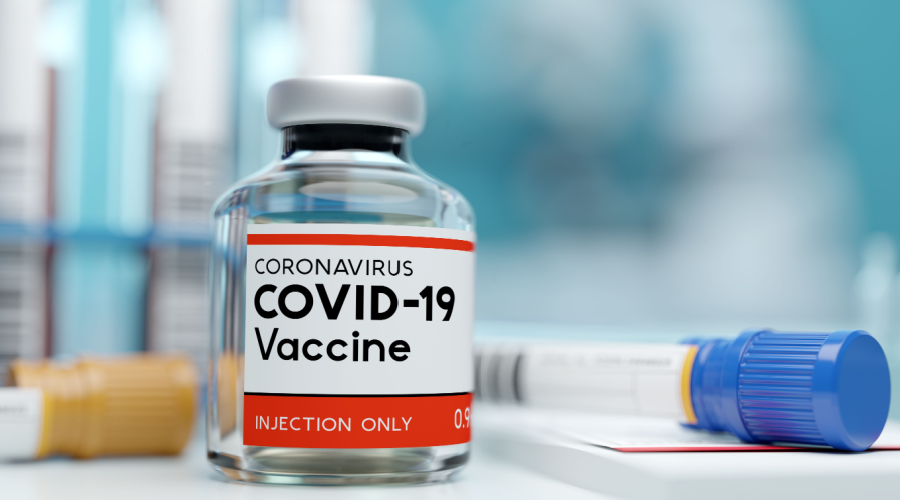The pharmacy management system is the beating heart of pharmacy technology. It has the ability to touch every part of the store, from inventory management to phone automation to accounting. With so much power in one piece of software, independent pharmacies that learn to use it to its fullest potential can dramatically improve their business operations.
There are dozens of pharmacy management systems on the market, and it can require a lot of research for pharmacists to find the right one for their pharmacy. Cliff Holt, CEO of Hurricane Family Pharmacy and three other independent pharmacy locations in Utah, estimates he looked at around 20 different systems before settling on PioneerRx around six years ago. The pharmacy system that he’d been using for 15 years was no longer up to snuff. “When I started using it, it was the best thing on the market, but when I finally got around to kicking it out of my stores, it was one of the worst on the market,” he said. “They’d stopped innovating and stopped updating.”
He chose PioneerRx because it was nimble and easy to use. Now, the software has grown and added many new features, putting a lot more power in the hands of the pharmacists.
Vic Allen, owner of Vic’s Family Pharmacy in Idaho, was also struggling with an out-of-date pharmacy management system when he began looking for an alternative around eight years ago. A colleague recommended Computer-Rx to him, and while he was attending a trade show he met with reps from the company and was impressed with their presentation. “It was logical for me to switch,” he said.
Efficient inventory management
The pharmacy management systems have become an indispensable tool for efficient inventory control for both pharmacies. Hurricane Family Pharmacy has a retail pharmacy, a compounding lab, and an adherence lab with packaging machines, and Holt uses his system to keep them all running smoothly. “We were burning a lot of miles between the med-pack room and the retail part of the pharmacy grabbing drugs,” Holt said. But his pharmacy system has given him the ability to maintain two separate inventories for the two different areas, eliminating the need to run back and forth.
Holt also appreciates how the software serves the compounding part of his business. “A lot of pharmacies like ours will have two different pharmacy systems for compounding and retail,” he said. With PioneerRx, patients who are prescribed both compounded and traditional retail drugs can be found on a single profile.
At Allen’s pharmacy, Computer-Rx has improved and simplified the ability to measure and track inventory. “We know what our value is and what our inventory is at any moment,” he said. From the time a prescription is entered into the system, Allen can easily see where it is in the workflow process. “You always know where it’s at, whether it’s been filled, if it’s pending because of an issue, or if it’s on the pickup shelf.”
Computer-Rx interfaces with VOW, a pharmacy-focused phone automation system, and patients automatically get calls when their prescription has been filled. If their meds have been sitting on the shelf for a few days, patients will get another call to remind them to pick up their medication. And it’s all done without a pharmacy staff member ever having to pick up the phone.
Many of Allen’s patients have downloaded Computer-Rx’s mobile app, Rx 2 Go, to help manage their prescriptions. “It’s free to them and free to us,” he explained. “Our clients can see their profiles through the app, see if there are refills available, and use the barcode scanner to scan their bottles and put them right in our queue.”
Med synchronization
Holt and Allen set high goals for medication synchronization, and their pharmacy management systems have been essential to achieving them and making the whole process easier and more efficient.
“The syncing process has been awesome,” Allen said of Computer-Rx’s medication synchronization tools. “We’ve definitely increased our volume and our efficiencies.” The software interfaces with PrescribeWellness to keep patients synced and adherent.
Holt set a goal for his pharmacies to be at 70 percent synchronization. “That took a little bit of buy-in, but the good thing is that Pioneer has a really robust synchronization feature,” he said. Synchronization is mandatory for patients using his delivery service, and since the outbreak of coronavirus, the number of patients using delivery has skyrocketed.
PioneerRx helps them sync not only individual patients but also families and entire neighborhoods, which saves delivery drivers time and gas mileage.
Financial reporting
Both owners benefit from their system’s financial reporting. Before adopting PioneerRx, Holt’s pharmacy management system didn’t make financial reporting easy. “My financial acuity was to look at my checking account every morning to see if I had money in there to pay the bills. I was just flying blind,” he said. But with PioneerRx, it takes only a few minutes to run reports and see the balance sheet, the income statement, and cash flows for the pharmacy. “I get timely financials every month without taking much time to work on it at all.”
Computer-Rx allows pharmacies to build customizable reports that they can save as a template or run on a regular schedule.
Getting up and running
Because pharmacy management systems are so large, with so many features available, pharmacy owners may worry that switching will slow down their business. Allen says that when he hires new employees that have worked with other systems, Computer-Rx is very easy to pick up. “On the inventory management side, the logic of the system is very friendly,” he said. “I’d say it takes between two to four weeks to be up and running and comfortable in the system.” But for new employees that don’t have much experience using pharmacy management systems, Allen has seen it take a few months for them to get their bearings.
“Switching software is expensive and painful,” said Holt. “It’s going to hurt for at least 30 days.” But when it comes to learning how to use PioneerRx, he said, “The basic stuff is super simple. I can get a technician typing on the system pretty quickly.” PioneerRx client pharmacies can have a technician come to their store to teach them about the system, meaning staff members can learn to use it more efficiently.
The simple fact that pharmacy management systems can do so many different things is often a bigger source of frustration than technical difficulties. Holt says that because PioneerRx is always growing and adding features, it’s difficult to get a handle on, but he said, “It’s not a bad thing.”
Holt advises hiring an employee whose sole job is to master the system. “For instance, we do a lot of deliveries, and we had a paper we had to fill out for every delivery that had 10 or 15 items to fill out by hand. Pretty labor-intensive when you’re doing 90 of those a day,” he said. But the technical engineer discovered a way for PioneerRx to automate the process so it prints out all the necessary information on the delivery receipt—all the pharmacy has to do is check a few boxes. Holt added, “We had no idea it could do that! You don’t know what you don’t know.”
From the Magazine
This article was published in our quarterly print magazine, which covers relevant topics in greater depth featuring leading experts in the industry. Subscribe to receive the quarterly print issue in your mailbox. All registered independent pharmacies in the U.S. are eligible to receive a free subscription.
Read more articles from the June issue:
- The top challenges (and solutions) of operating multiple pharmacies
- The impact of the coronavirus on the future of retail pharmacy
- Effective strategies to minimize financial losses from PBM audits
- How to put together an effective discount strategy for your front end
- Is diabetes care a good business opportunity for pharmacy?
- This technology reduces the will call process from minutes to seconds
- What kind of insurance coverage does your pharmacy need?
- How two pharmacies improve operations with their pharmacy management systems
An Independently Owned Organization Serving Independent Pharmacies
PBA Health is dedicated to helping independent pharmacies reach their full potential on the buy side of their business. The company is a member-owned organization that serves independent pharmacies with group purchasing services, expert contract negotiations, proprietary purchasing tools, distribution services, and more.
An HDA member, PBA Health operates its own NABP-accredited (formerly VAWD) warehouse with more than 6,000 SKUs, including brands, generics, narcotics CII-CV, cold-storage products, and over-the-counter (OTC) products.
Want more pharmacy business tips and advice? Sign up for our e-newsletter.












